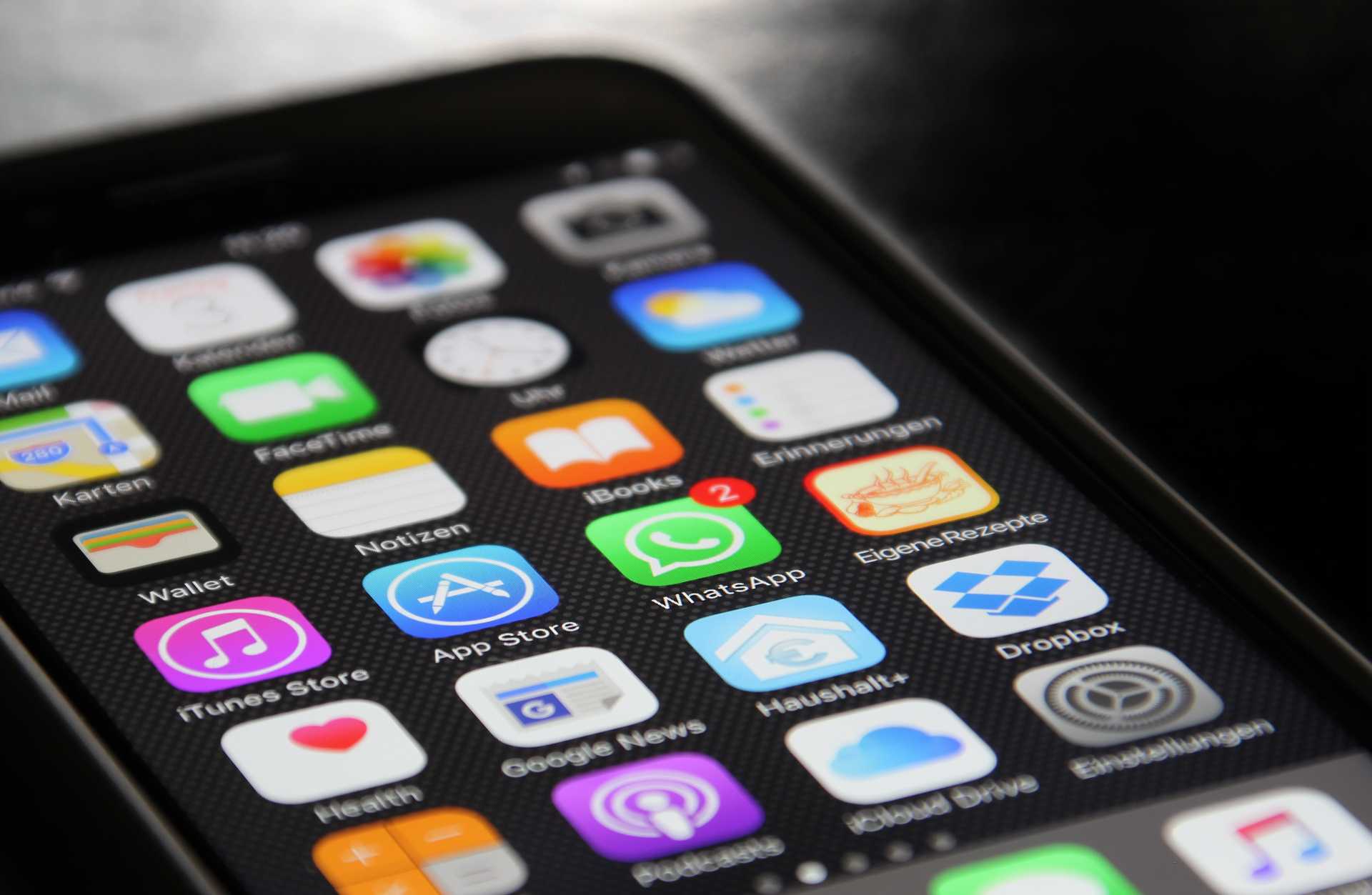We ran into a snag with the GPU water blocks, but we’re finally past it and have a fully armed and operational watercooling loop! Over-torqued screws, shipping from Slovenia, a package being lost, and time weren’t enough to stop this beastly PC from getting finished!

JavaScript is a flexible language, but flexibility comes at the cost of readability and can hide bugs. ESLint is a great linting and static analysis tool that helps enforce code quality standards and catch bugs before they hit production. Find out more about this tool and how to integrate it into your project.
The SNES Classic preorders are… not going well. Why wait for launch day when you can build one yourself? In this video, we’ll walk through building a Raspberry Pi-based emulation system for playing Super Nintendo games and a whole bunch more, all for less than $100.
Have you ever wanted to use cutting-edge JavaScript features, but been stuck waiting for browsers to support them? Babel.js is a great tool for compiling JavaScript down to other platforms. Learn what it does and how to set it up.
It’s been two weeks since the last project update. Since then, we’ve tried filling the watercooling loop and… it hasn’t gone well. But we’ll fix it!
If you’re building a custom watercooling loop, why stop at the CPU? And why stop at just one 1080 Ti when you can have two? In this video, we put both cards on water blocks and start our hardline watercooling loop. Video #3 in my D.Va-themed PC build log!
Building a killer gaming/work machine, with AMD Ryzen R7 1700X, an Nvidia GeForce GTX 1080 Ti, and a custom watercooling loop! But not all goes as smoothly as we’d like. Video #2 in my D.Va-themed PC build log!
If you’re considering the invertible Dark Base Pro 900 from be quiet!, here’s how to invert it. This is the first video in a series where I build an epic new gaming and workstation PC for my personal rig, based on D.Va from Overwatch.
So yeah, Apple wants to remove the headphone port from the iPhone, apparently. Nilay Patel wrote a rant article on The Verge describing how removing the headphone port would be “user-hostile and stupid” (like, it’s in the title of the article). He makes a compelling, if incomplete, case for why it hurts you for Apple to force this change, citing the potential for a return of music DRM, need for additional pricey adapters, major compatibility issues, and the fact that nobody really wants this.
Nilay’s article is written under the argument that it would be “user-hostile” to remove the headphone port. I’m going to define this as acting against the user’s wishes, or being designed without the user in mind. It seems pretty reasonable that a user would not want hardware compatibility issues, DRM-encumbered music, or significantly more expensive headphones. And users already have lots of devices compatible with the 3.5mm headphone port. Therefore, to remove the port in a way that is not user-hostile and stupid, Apple would have to provide more value and benefit than they are taking away, on top of whatever new features they provide.
Following it up, John Gruber writes a rebuttal comparing this transition to Apple’s removal of floppy drives in the late 90s by writing about how this will be a positive for Apple. A rebuttal should address the core argument made, and John’s rebuttal completely fails to do that.

App Subscriptions and Premium App Experiences
Today Apple announced some plans to allow apps to offer subscriptions, where you pay periodically for software. Many indie developers were quick to praise it, as support for subscriptions was something asked of Apple for years (which were only officially supported in certain types of apps, like news periodicals). Opening new business models is definitely a welcome thing, as it is currently super difficult to make a living as a small developer on the App Store.
However, I worry that Apple is chasing the wrong idea here. The App Store is now 8 years old, and the race to the bottom on pricing is well documented. Today, the vast majority of apps that get downloaded are free up-front, not paid. With over 1.5 million apps on the store, for seemingly any task you might want or game you might be curious about, there is a free variant made by the same developer or someone else. The mainstream consumer has been well trained to skip right past apps that charge a price for entry, and for better or worse, people scoff at the idea of paying for apps.
So, if mainstream users are already unwilling to pay once, why would they pay for an app monthly or yearly?

